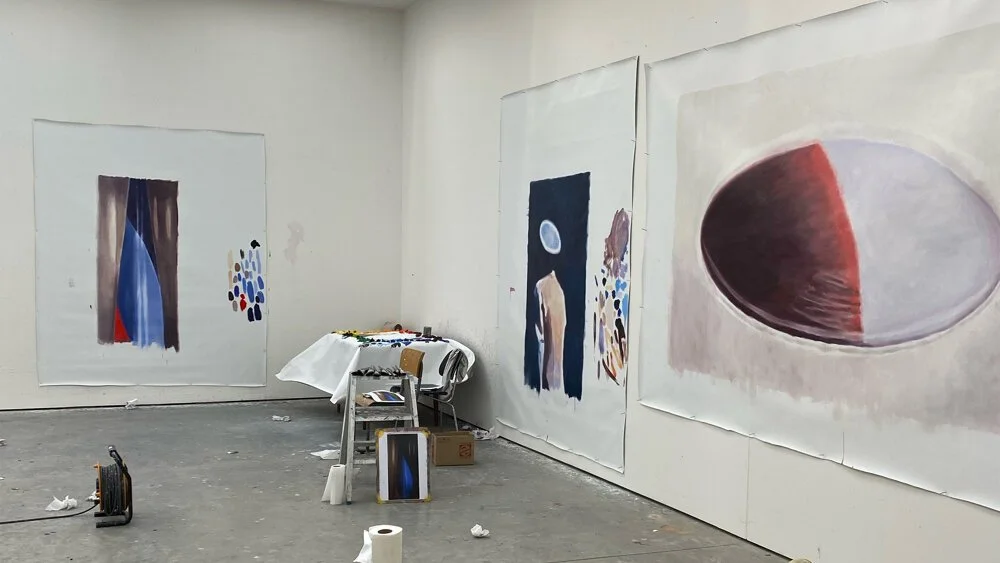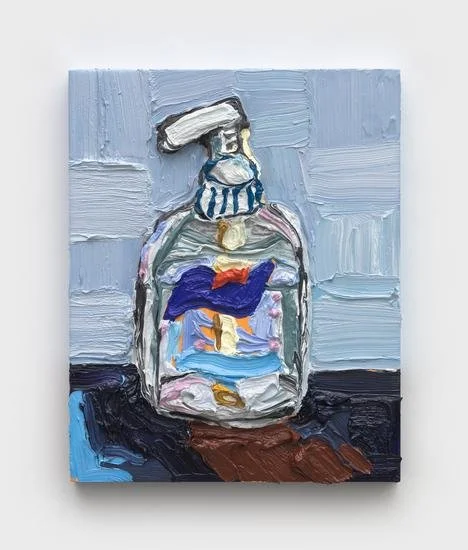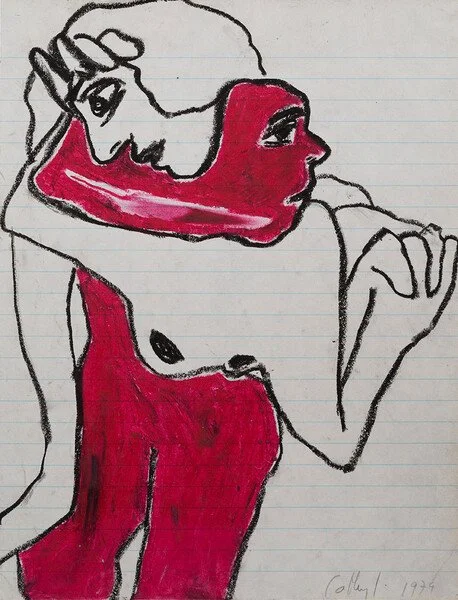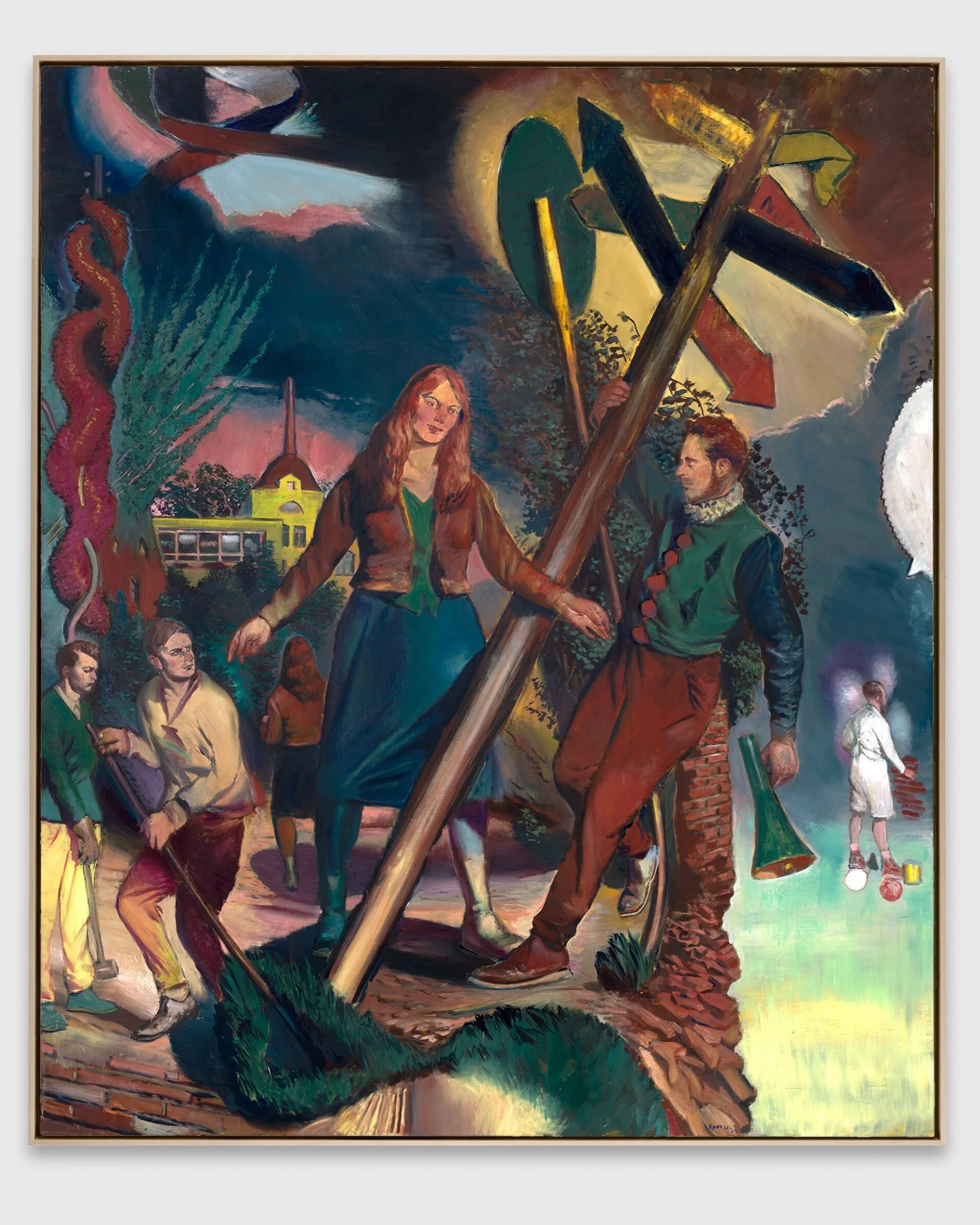Luc Tuymans
“The Barn”
New York, 537 West 20th Street
One of the most important painters working today, Tuymans pioneered a distinctive style of figurative painting beginning in the 1980s that has been singularly influential to his peers as well as subsequent generations of artists. Tuymans’s deeply resonant compositions insist on the power of images to simultaneously reveal and withhold meaning. Rendered in a restrained and muted palette, the artist’s canvases are based on preexisting imagery from a range of historical, cultural, and popular media sources. Their quiet and restrained appearance, however, belies an underlying moral complexity that engages equally with questions of history and its representation as with quotidian subject matter. Tuymans has in recent years increasingly turned to the internet for visual material, cannily selecting images—often re-photographing them with his iPhone before translating them onto canvas—that straddle the mundane and the profound, thereby continually asserting the relevance of painting in a digitally saturated world.
Image: Luc Tuymans’s studio, 2023.
The Barn is conceived by Tuymans as the third in a trilogy of exhibitions of his work at David Zwirner—following Good Luck, which was presented at David Zwirner Hong Kong in 2020, and Eternity, held at David Zwirner Paris in 2022—and debuts a group of new, large-scale paintings by the artist that together convey a pervasive atmosphere of dissolution. Referencing a disparate range of source imagery, the canvases in the exhibition are painted with heightened contrast and intense color than the artist’s work heretofore, thereby addressing an ascendant sense of socio-political uncertainty with a newfound clarity and urgency.
The exhibition takes its title, The Barn, from a painting of the same name, which is based on an image the artist came across on YouTube and subsequently photographed, as is made evident by the iPhone photo roll shown along the bottom edge of the composition. Painted in vibrant hues, the bucolic scene of plentitude ostensibly masks an undercurrent of emptiness and cruelty. Another key painting in the exhibition refers to an image from the 1980s of populist television personality Bob Ross on set for an episode of his educational broadcast show “The Joy of Painting.” Ross is shown under bright television lights, his signature hairstyle shown in profile, palette in hand and surrounded by camera equipment, which Tuymans has rendered in abstract, stark forms that emphasize the artificiality of the scene. Here, he follows the art historical trope of painting the artist at work. However, while the composition is reminiscent of Diego Velázquez’s painting Las Meninas (1656), among others, here the artist is presented as a constructed media figure, a comforting personality that provides a touch of empathy. The surface of the painting Ross is working on remains obscured by a visual void produced by bright light. Similarly, The Frame (2023) depicts an empty frame the artist photographed at the Louvre, showing instead an inaccessible, unknowable image, or the artifice of display.







